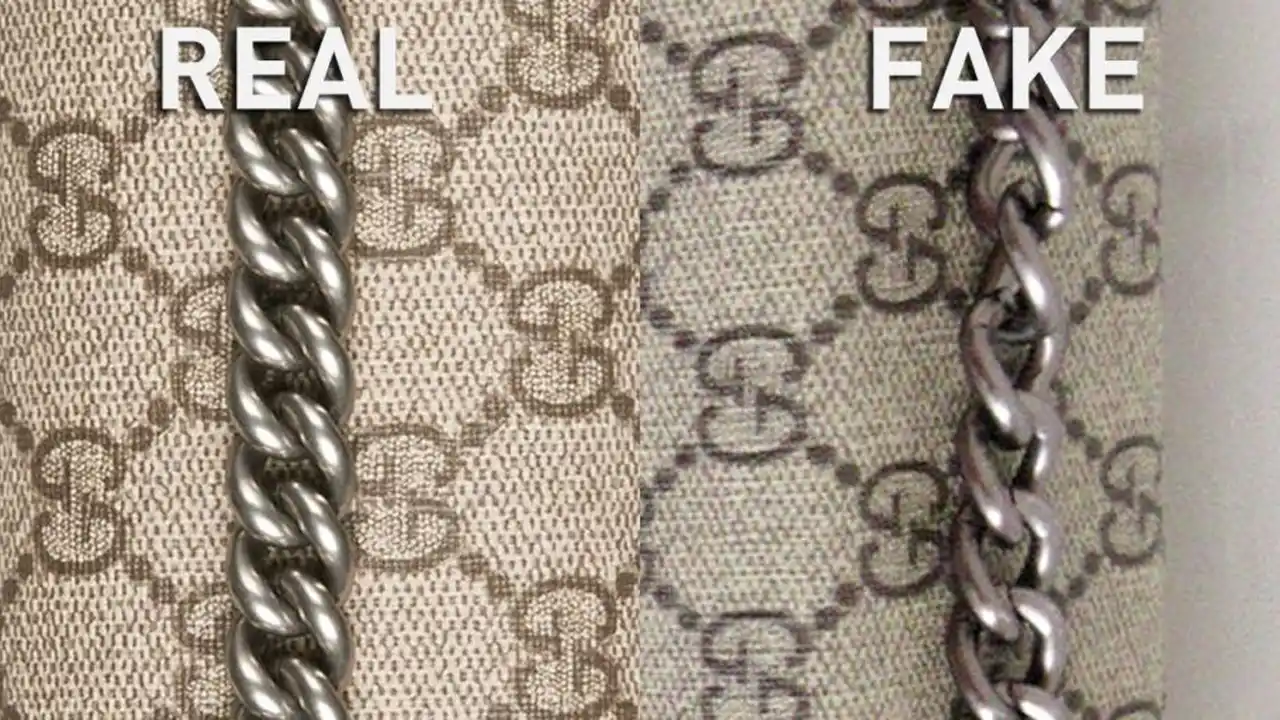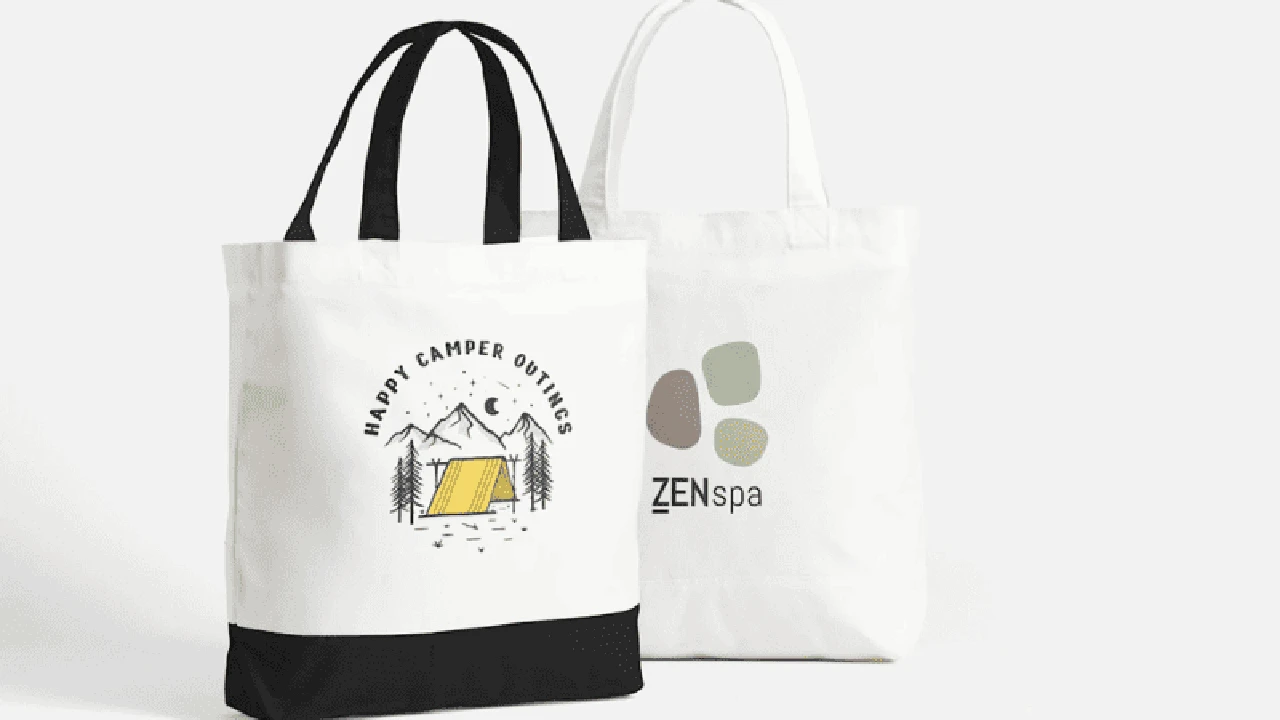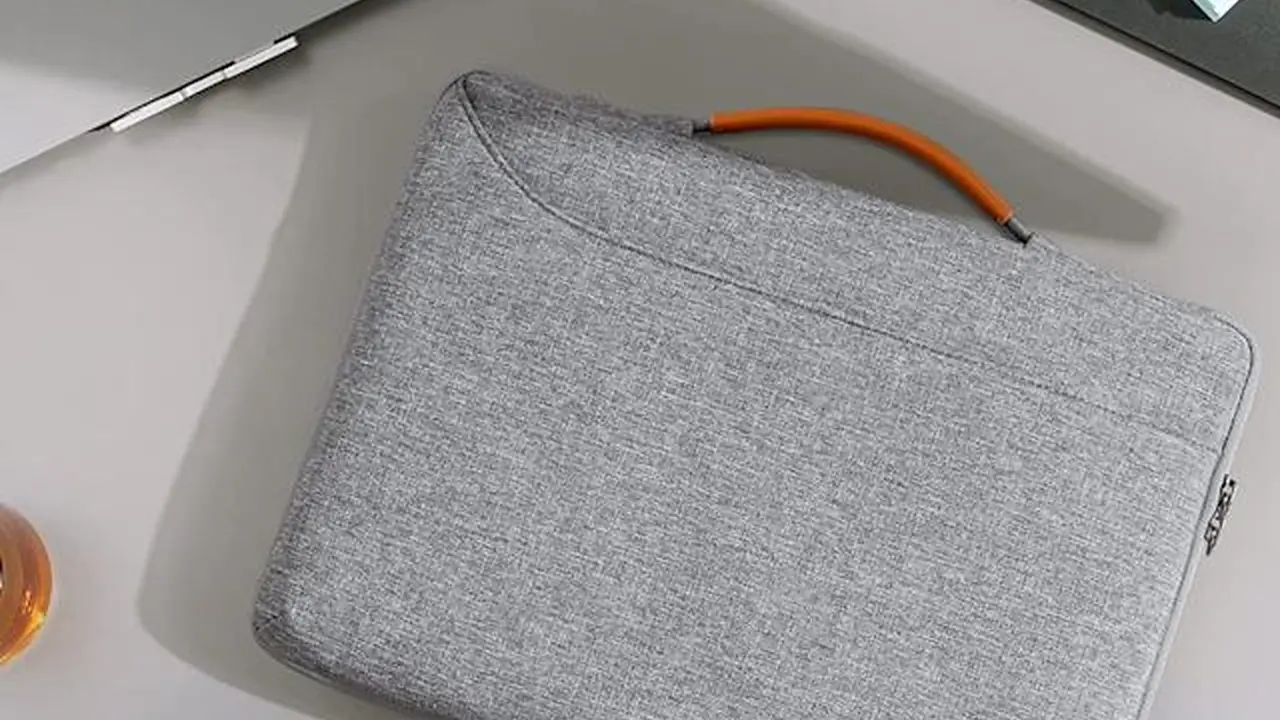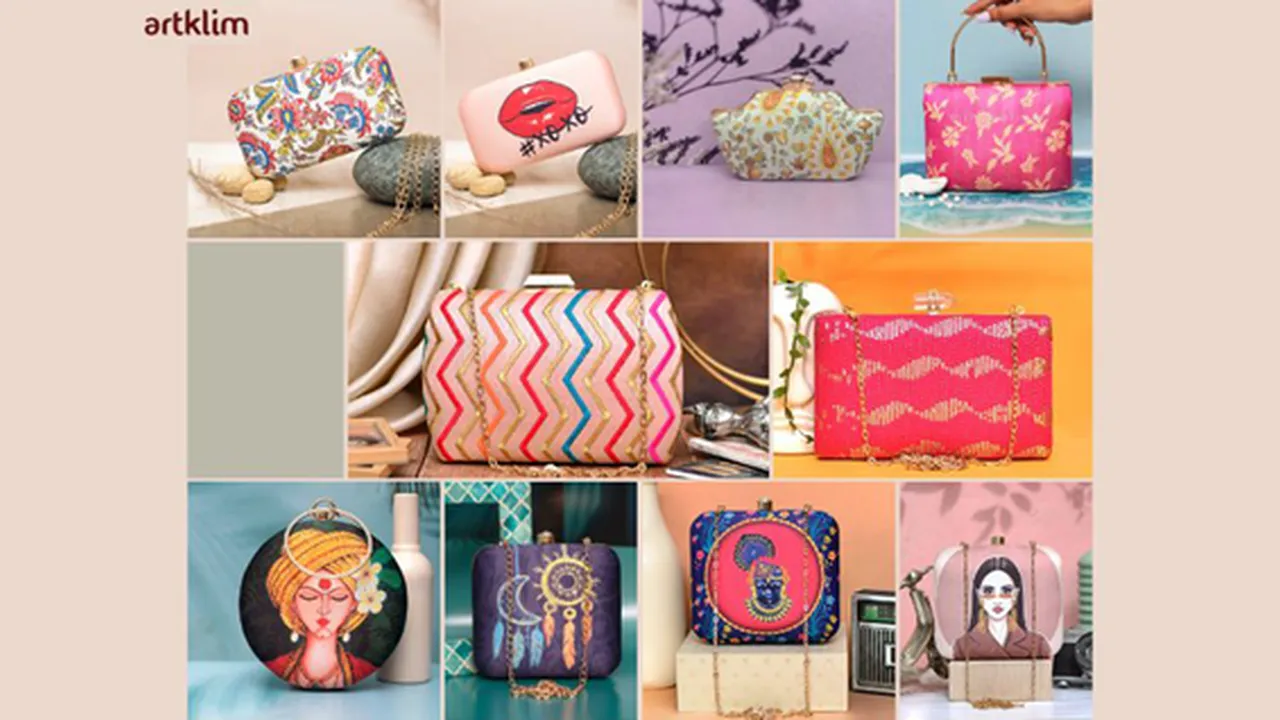Handbag Materials: Leather vs. Synthetic - Which Is Best?
The quest for the perfect handbag often boils down to a fundamental choice: leather or synthetic. This article delves into the pros and cons of each material, exploring durability, aesthetics, cost, and environmental impact. We'll not only compare leather and synthetic handbags but also recommend specific products and their ideal uses, providing you with the information you need to make an informed decision. Get ready to find your next favorite arm candy!

Choosing the right handbag material is crucial, as it affects everything from the bag's longevity to its overall style. Leather and synthetic materials are the two most common options, each offering distinct advantages and disadvantages. Let's dive into a detailed comparison to help you determine which best suits your needs.
Leather Handbags The Epitome of Luxury and Durability
Leather handbags have long been associated with luxury, quality, and timeless style. The natural material boasts a unique texture and develops a beautiful patina over time, adding character to the bag. But what exactly makes leather so desirable?
Types of Leather Used in Handbags: A Comprehensive Guide
Not all leather is created equal. Different types of leather offer varying levels of quality, durability, and price. Here's a breakdown of the most common types used in handbags:
- Full-Grain Leather: This is the highest quality leather, made from the entire grain of the hide. It's incredibly durable and develops a rich patina over time. Expect to pay a premium for full-grain leather bags.
- Top-Grain Leather: The second-highest quality, top-grain leather has had the top layer sanded off to remove imperfections. It's still durable and looks great, but it doesn't develop the same patina as full-grain.
- Genuine Leather: This is a catch-all term for leather that isn't full-grain or top-grain. It's often made from the leftover layers of the hide and is less durable than the higher-quality options. Genuine leather bags are typically more affordable.
- Bonded Leather: This is the lowest quality leather, made from scraps of leather that are bonded together. It's not very durable and doesn't look as good as other types of leather.
Pros and Cons of Leather Handbags: Weighing the Options
Leather handbags offer several advantages, but they also have some drawbacks:
Pros of Leather Handbags:
- Durability: Leather is a very durable material that can last for many years with proper care.
- Style: Leather handbags are classic and timeless, and they often look better with age.
- Value: A high-quality leather handbag can be a good investment, as it will hold its value over time.
- Unique Patina: Leather develops a unique patina over time, giving it character and making it one-of-a-kind.
Cons of Leather Handbags:
- Price: Leather handbags are typically more expensive than synthetic handbags.
- Maintenance: Leather requires regular cleaning and conditioning to keep it in good condition.
- Weight: Leather can be heavier than synthetic materials.
- Ethical Concerns: The production of leather can raise ethical concerns about animal welfare.
Recommended Leather Handbags: Styles and Usage Scenarios
Here are a few specific leather handbag recommendations, along with their ideal usage scenarios and price ranges:
1. The Classic Leather Tote (Full-Grain Leather):
Description: A spacious and durable tote bag made from full-grain leather. Features a simple, timeless design with reinforced stitching and sturdy handles.
Usage Scenario: Ideal for everyday use, work, travel, or carrying groceries. Can hold a laptop, books, water bottle, and other essentials.
Price Range: $300 - $600
Example: Cuyana Classic Leather Tote
2. The Elegant Leather Crossbody Bag (Top-Grain Leather):
Description: A stylish and compact crossbody bag made from top-grain leather. Features an adjustable strap and multiple compartments for organization.
Usage Scenario: Perfect for evenings out, travel, or when you want to carry only the essentials. Keeps your hands free and your belongings secure.
Price Range: $150 - $350
Example: Madewell The Transport Crossbody
3. The Luxurious Leather Clutch (Full-Grain or Top-Grain Leather):
Description: A sophisticated clutch made from high-quality leather. Features a sleek design and a secure closure. Can be carried in hand or used as a wallet inside a larger bag.
Usage Scenario: Ideal for formal events, weddings, or when you want to make a statement. Adds a touch of elegance to any outfit.
Price Range: $200 - $500
Example: Clare V. Foldover Clutch
Synthetic Handbags: Affordable and Versatile Style Options
Synthetic handbags are made from man-made materials like polyurethane (PU), polyvinyl chloride (PVC), and microfiber. They offer a more affordable alternative to leather and come in a wider range of styles and colors. But are they as good as the real thing?
Types of Synthetic Materials Used in Handbags: A Detailed Look
The world of synthetic materials is vast and ever-evolving. Here's a closer look at the most common types used in handbag construction:
- Polyurethane (PU): PU leather is a popular alternative to real leather. It's durable, water-resistant, and can be made to look very similar to leather.
- Polyvinyl Chloride (PVC): PVC leather is a less expensive option than PU leather. It's waterproof and easy to clean, but it's not as durable or breathable.
- Microfiber: Microfiber is a soft and durable material that can be used to create a variety of textures and styles. It's often used in vegan leather alternatives.
- Nylon: Nylon is a strong and lightweight material that's often used in sporty or casual handbags.
Pros and Cons of Synthetic Handbags: Evaluating the Trade-offs
Synthetic handbags offer several advantages, especially in terms of price and versatility, but they also have their limitations:
Pros of Synthetic Handbags:
- Price: Synthetic handbags are generally much more affordable than leather handbags.
- Variety: Synthetic materials can be manufactured in a wide range of colors, textures, and styles.
- Water Resistance: Many synthetic materials are water-resistant, making them ideal for rainy days.
- Vegan-Friendly: Synthetic handbags are a good option for those who want to avoid animal products.
Cons of Synthetic Handbags:
- Durability: Synthetic handbags are generally less durable than leather handbags.
- Style: Synthetic materials may not have the same luxurious look and feel as leather.
- Environmental Impact: The production of some synthetic materials can have a negative impact on the environment.
- Breathability: Synthetic materials are not as breathable as leather, which can lead to moisture build-up inside the bag.
Recommended Synthetic Handbags: Styles and Usage Scenarios
Here are a few specific synthetic handbag recommendations, along with their ideal usage scenarios and price ranges:
1. The Stylish Vegan Leather Tote (PU Leather):
Description: A spacious and stylish tote bag made from high-quality PU leather. Features a modern design and multiple compartments for organization.
Usage Scenario: Ideal for work, travel, or everyday use. Can hold a laptop, books, and other essentials.
Price Range: $80 - $150
Example: Matt & Nat Raylan Tote
2. The Practical Nylon Backpack (Nylon):
Description: A lightweight and durable backpack made from nylon. Features multiple pockets and compartments for organization, as well as padded shoulder straps for comfort.
Usage Scenario: Perfect for school, hiking, or travel. Can hold books, a laptop, and other gear.
Price Range: $50 - $100
Example: Herschel Supply Co. Nova Backpack
3. The Fun and Functional PVC Crossbody Bag (PVC):
Description: A playful and waterproof crossbody bag made from PVC. Features a bold design and a secure closure.
Usage Scenario: Ideal for festivals, concerts, or rainy days. Keeps your belongings safe and dry.
Price Range: $30 - $60
Example: Clear PVC Crossbody Bag from various retailers
Leather vs Synthetic Handbags A Head-to-Head Comparison
Now that we've explored both leather and synthetic handbags in detail, let's compare them directly in key areas:
Durability Comparison: Which Material Lasts Longer?
In terms of durability, leather generally outperforms synthetic materials. Full-grain leather can last for decades with proper care, while synthetic materials may start to show wear and tear after a few years. However, some high-quality synthetic materials can be quite durable.
Style Comparison: Which Material Offers More Versatility?
Synthetic materials offer more versatility in terms of style and color. They can be manufactured in a wider range of textures and patterns, allowing for more creative designs. Leather, on the other hand, offers a classic and timeless look that never goes out of style.
Cost Comparison: Which Material Is More Affordable?
Synthetic handbags are significantly more affordable than leather handbags. This makes them a great option for those on a budget or who want to experiment with different styles without breaking the bank.
Environmental Impact Comparison: Which Material Is More Sustainable?
The environmental impact of both leather and synthetic materials is a complex issue. The production of leather can involve harmful chemicals and contribute to deforestation. The production of some synthetic materials, such as PVC, can also release harmful chemicals into the environment. However, there are more sustainable options available for both leather and synthetic materials, such as vegetable-tanned leather and recycled synthetic fabrics.
Making the Right Choice: Factors to Consider When Choosing a Handbag Material
Ultimately, the best handbag material for you depends on your individual needs and preferences. Consider the following factors when making your decision:
- Budget: How much are you willing to spend on a handbag?
- Style: What kind of look are you going for?
- Durability: How long do you want the handbag to last?
- Usage: What will you be using the handbag for?
- Ethical Concerns: Do you have any concerns about animal welfare or the environment?
By carefully considering these factors, you can choose a handbag material that meets your needs and complements your personal style. Good luck finding your perfect bag!
:max_bytes(150000):strip_icc()/277019-baked-pork-chops-with-cream-of-mushroom-soup-DDMFS-beauty-4x3-BG-7505-5762b731cf30447d9cbbbbbf387beafa.jpg)






